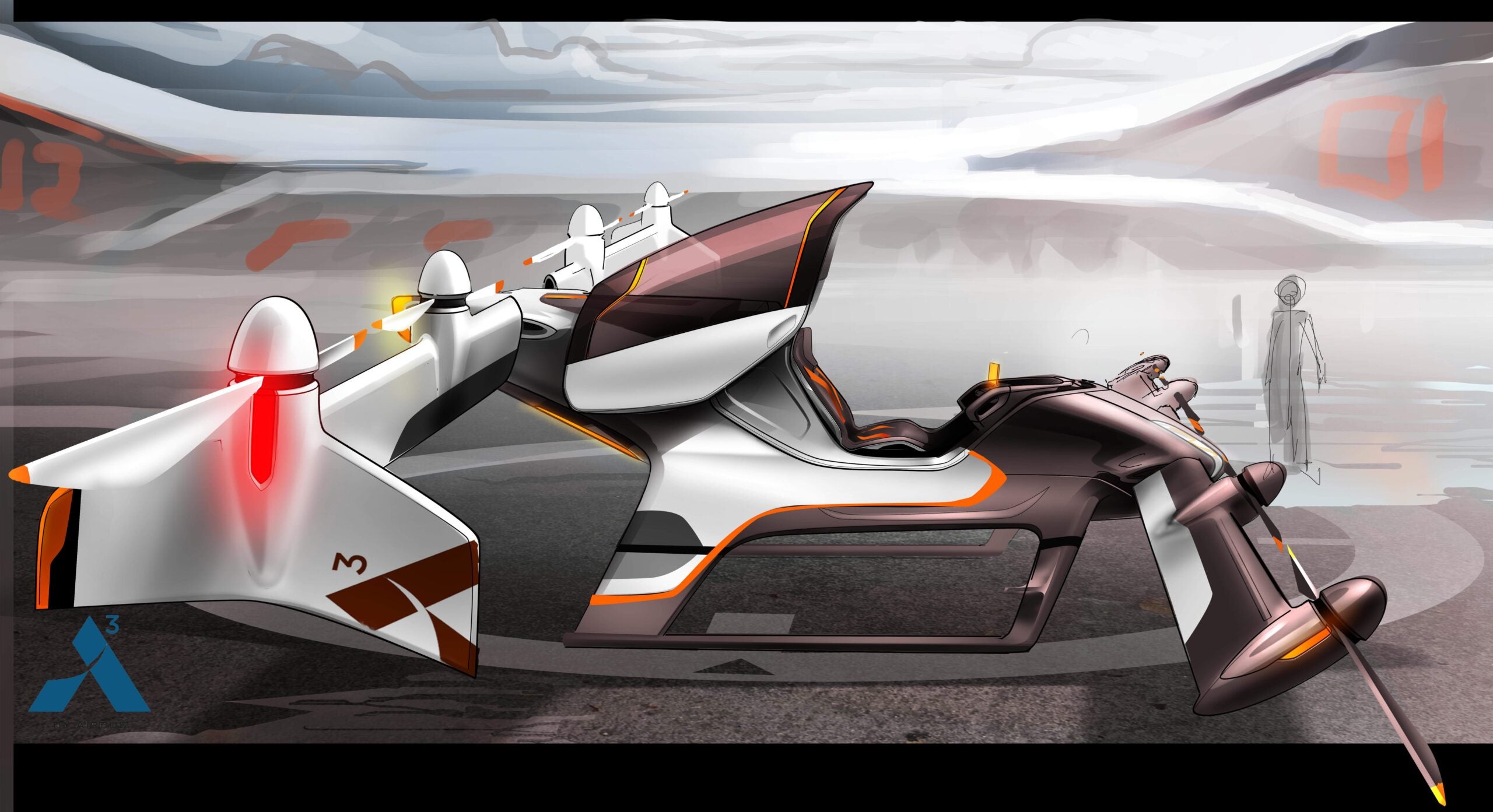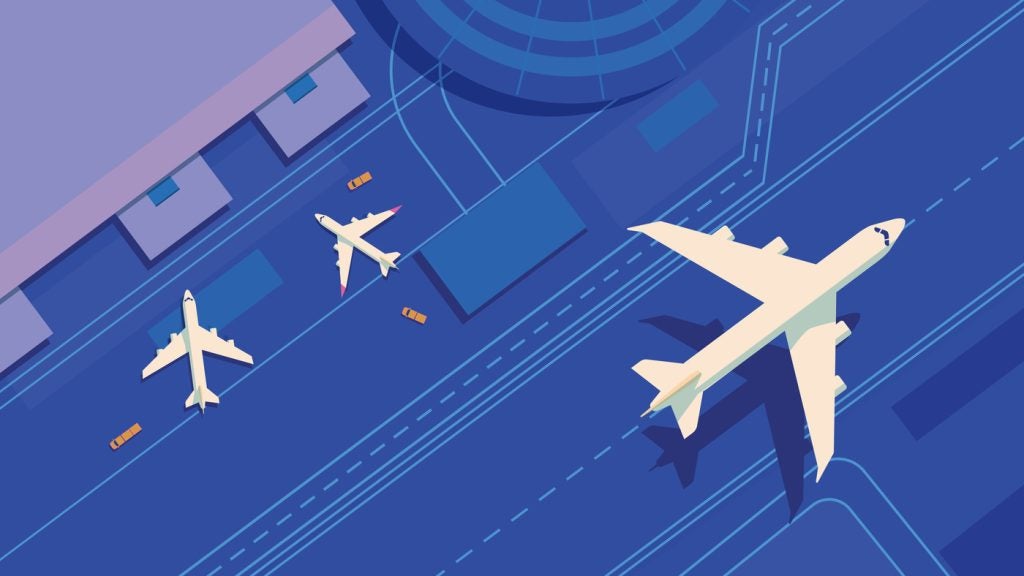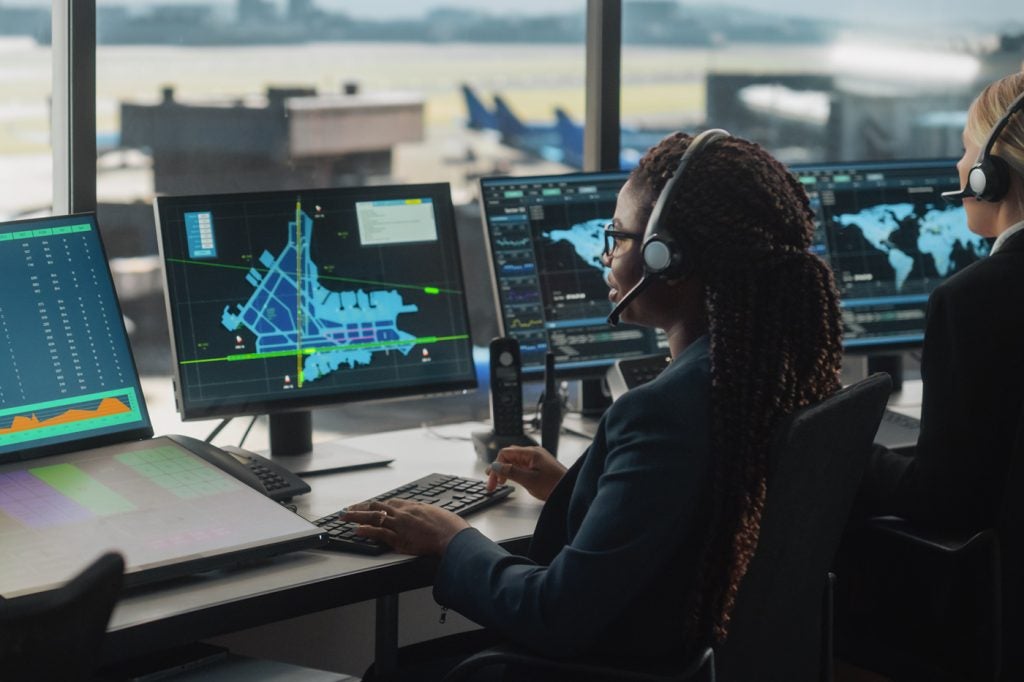
‘Dare to redefine the future’ is the mission statement of A³, Airbus’s new Silicon Valley spinoff company. The European aircraft giant, founded in 1967, joined other airlines including Brazil’s Embraer and the American low-cost carrier Jetblue in moving to San Francisco’s famous Bay Area back in 2015.
As airlines and airports experiment with all kinds of new technology – from virtual reality and artificial intelligence to beacon technology – the hope is to tap into the area’s celebrated creative energy and plan ahead for the skies of tomorrow.
Among A³’s most exciting projects to date is Vahana, which promises to develop the “first certified electric, self-piloted vertical take-off and landing passenger aircraft”, and Voom, an on-demand helicopter booking platforms that will allow commuters to “fly over traffic jams”.
With the announcement of its latest project, Altiscope, a simulator designed to tackle the huge volume of traffic and the eclectic range of airborne vehicles that now clutter our skies, A3 project executive, Karthik Balakrishnan, spoke to Patrick Kingsland.
Patrick Kingsland: Why do you think our skies are changing so much at the moment?
Karthik Balakrishnan: There are more airborne vehicles than ever before. From the increasing number of commercial flights to private aircraft and general aviation, the volume of low-altitude air traffic continues to grow.
How well do you really know your competitors?
Access the most comprehensive Company Profiles on the market, powered by GlobalData. Save hours of research. Gain competitive edge.

Thank you!
Your download email will arrive shortly
Not ready to buy yet? Download a free sample
We are confident about the unique quality of our Company Profiles. However, we want you to make the most beneficial decision for your business, so we offer a free sample that you can download by submitting the below form
By GlobalDataIn addition, new UAS technology is maturing rapidly and compelling business models and uses are emerging. In fact, in 2016, the FAA predicted 600,000 commercial drones would be in the air within a year.
Hwever, current ATM [air traffic management] infrastructure cannot sustain this volume of traffic or the diverse range of new airborne vehicles. Regulators around the world are rethinking how to manage air traffic and integrate new UAS technology into airspace.
Solutions can’t prioritise one type of aircraft, mission, or the requirements of a single air traffic corridor. Instead, it’s important to understand the range of vehicles, operators, missions, and needs of each jurisdiction and work to enable solutions that work in that context.
PK: Do you think the aviation industry is ready to tackle these challenges?
KB: Many of the new airspace management solutions focus primarily on one part of the airborne ecosystem or a specific geography. For example, one solution may be successful in rural Switzerland, but may not be as agreeable in downtown LA. Regulators are tasked with the tall order of creating policies based on the entire airspace landscape with dozens of crucial variables.
Instead of designing a specific system or product set, Altiscope is establishing a framework that can be used for evaluating a range of policy options and architectures.
We are uniquely positioned to lead this new approach; we are backed by Airbus and have access to Airbus’ international network. We are one phone call away from people working on every relevant domain to the future of air traffic management, and our work is complementary to existing ATM initiatives within the company.
PK: Could you describe the core aims of Altiscope?
KB: We are working to analyse how UAS can be flown in the air at scale and how the growth of UAS usage will broadly impact economies and communities. Altiscope will be useful for quantifying the effects of specific policies and rules while also helping to ensure that as UAS operations become commonplace, outcomes are positive and deliberate as opposed to unintended and adverse. The team is uniquely positioned to succeed in this endeavour, with leadership from experts in technology, aerospace, social good, and policy domains. We are also engaging regulators and other partners worldwide while developing the framework and policy simulator.
PK: You are building a simulator that will be able to evaluate policy options and operational models for ATM systems. Could you tell us how it will work and what you hope it will achieve?
KB: Altiscope’s simulator gives organisations a way to quickly simulate local policies, rules, use cases, system architectures and design scenarios based on several interacting variables. For instance, consider how different city planners around the world make decisions about roadway infrastructure such as highway configurations, speed limits and intersection regulation. These are all decisions that work differently depending on the local context, and the same is true with airspace management – there is no one-size-fits-all ATM solution.
Thus, Altiscope approaches airspace management from a holistic perspective, without advocating for any specific product, policy, or concept of operations. We aren’t starting with a goal of enabling a specific system architecture or creating products or rules that solve for a single platform or mission profile. Instead, we’re creating a policy modelling framework that can enable ATM solutions [to be] applicable to a variety of forms or scenarios.







